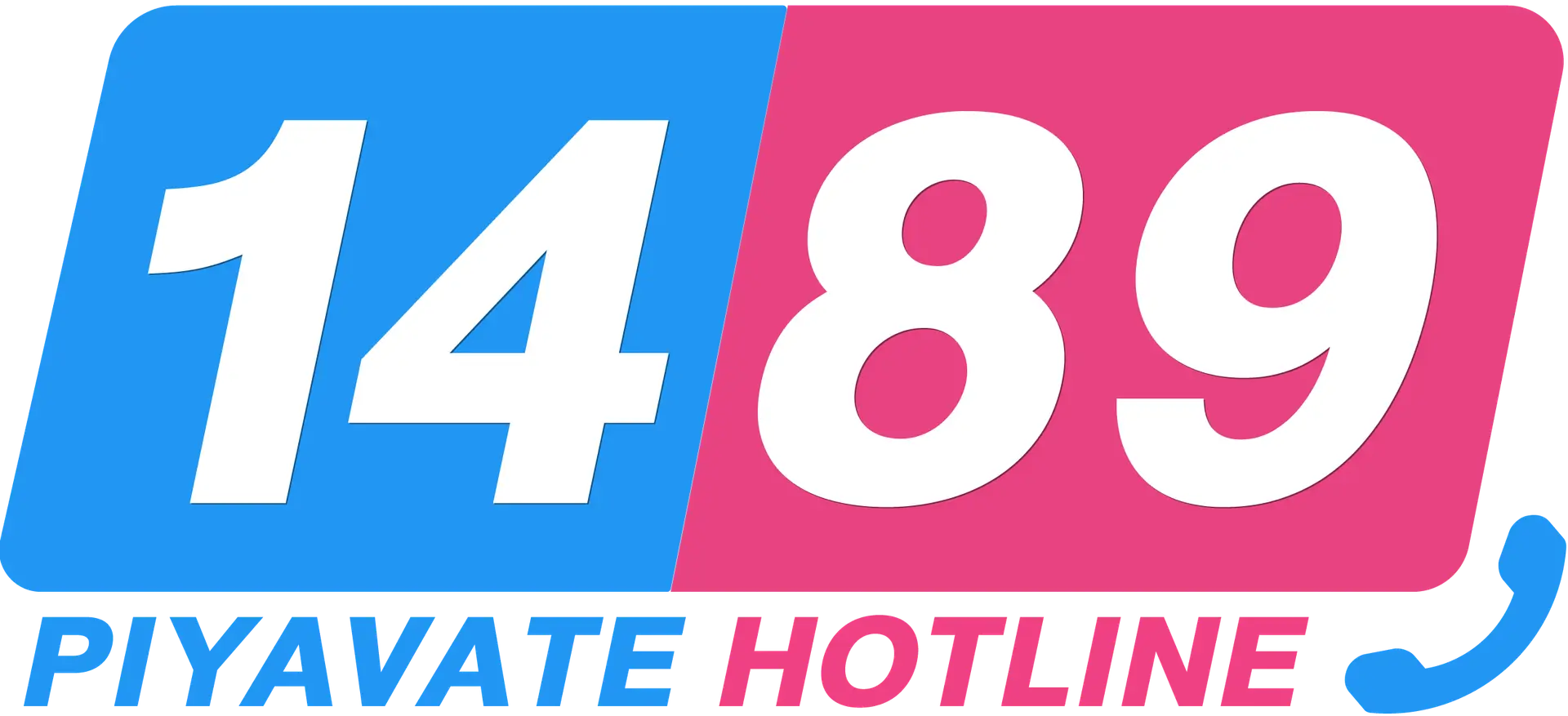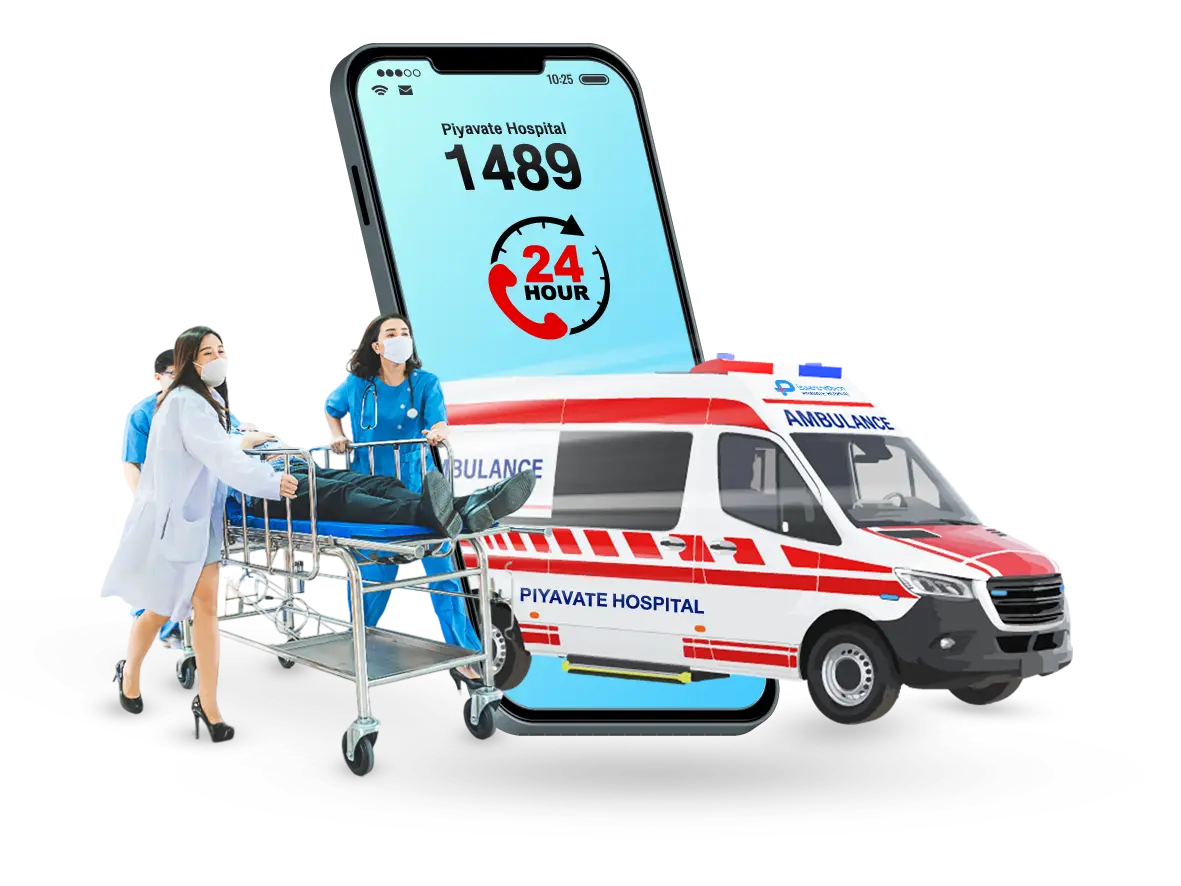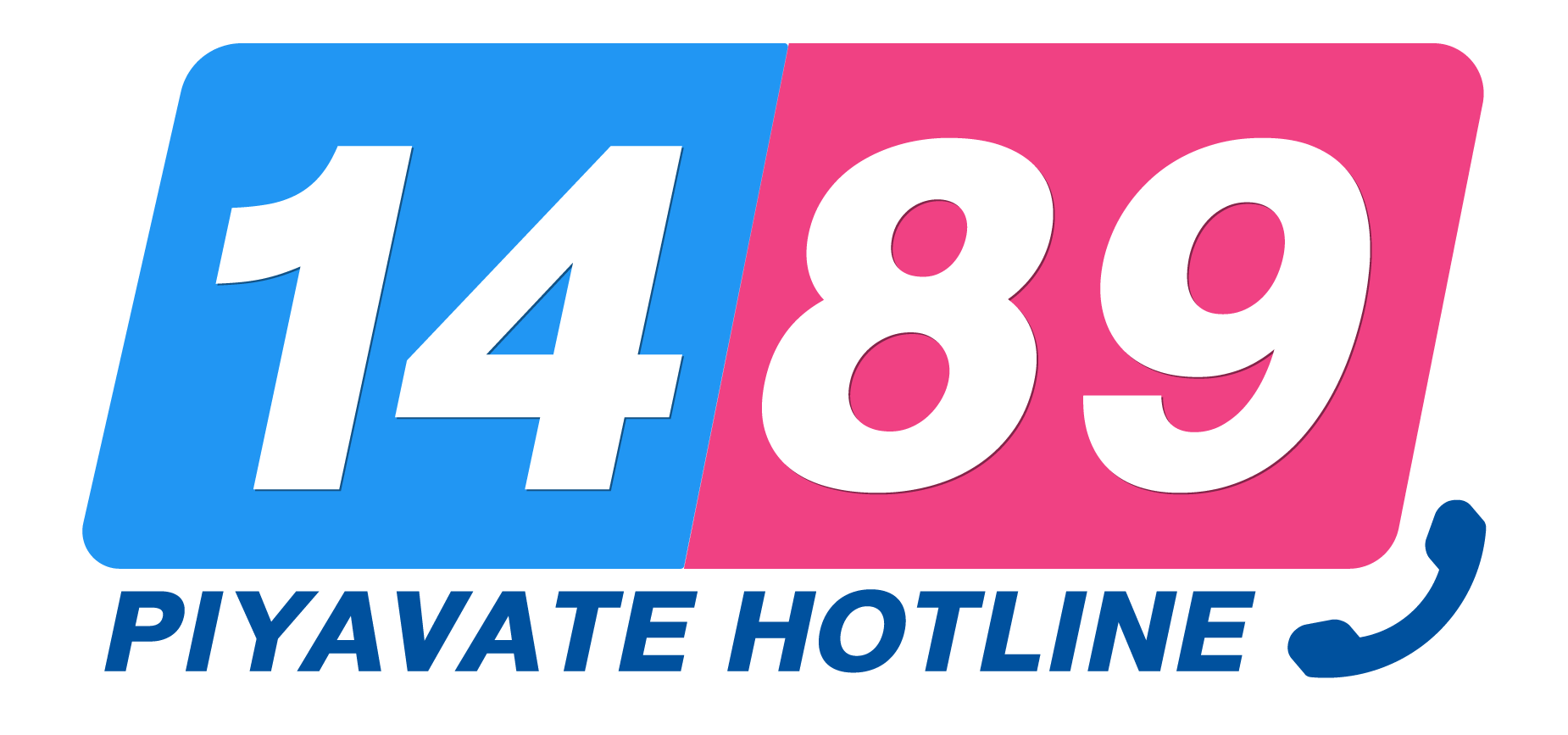- Accident and Emergency Center
About
The Piyavate Hospital Accident and Emergency Center operates 24/7, providing emergency medical care by a team of specialist doctors, emergency medical personnel, and nurses trained in Advanced Cardiac Life Support (ACLS). Our center is equipped with state-of-the-art medical technology and a team of specialists from various fields, ensuring that patients receive the best and most advanced care.
The Team
- Emergency Physicians
- General Surgeons and Orthopedic Surgeons
- Cardiologists and Vascular Medicine Specialists
- Neurologists and Stroke Specialists
- Neonatal Critical Care Specialists
- Other Medical Specialists
Medical Services
- 24/7 COVID-19 PCR Testing
- 24/7 Medical Consultation Services
- Multilingual Support – We provide interpreters for various languages, including English, Chinese, Arabic, Khmer, and more, to assist with communication in your preferred language.
Medical Equipment & Treatment Techniques
- Certified CPR Resuscitation Room
- Negative Pressure Isolation Room for patients with respiratory infections
- Advanced Medical Equipment, including Ultrasound, CT Scan, and MRI








